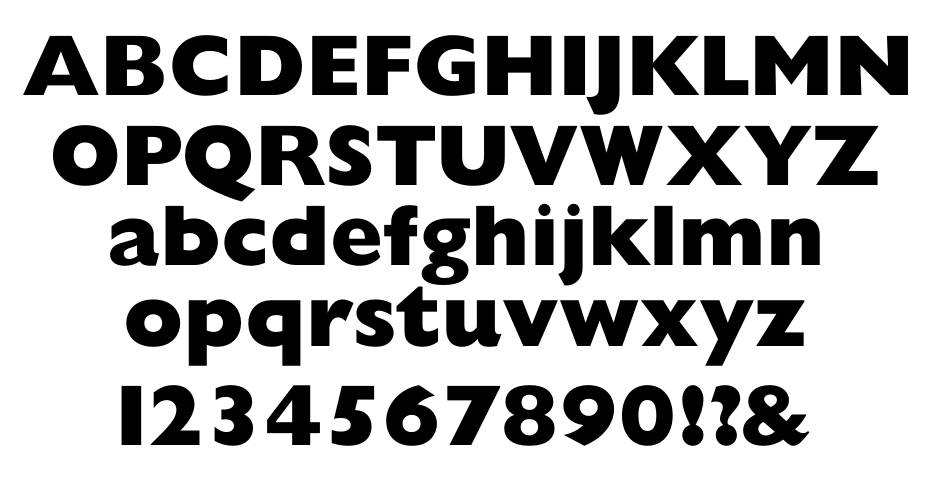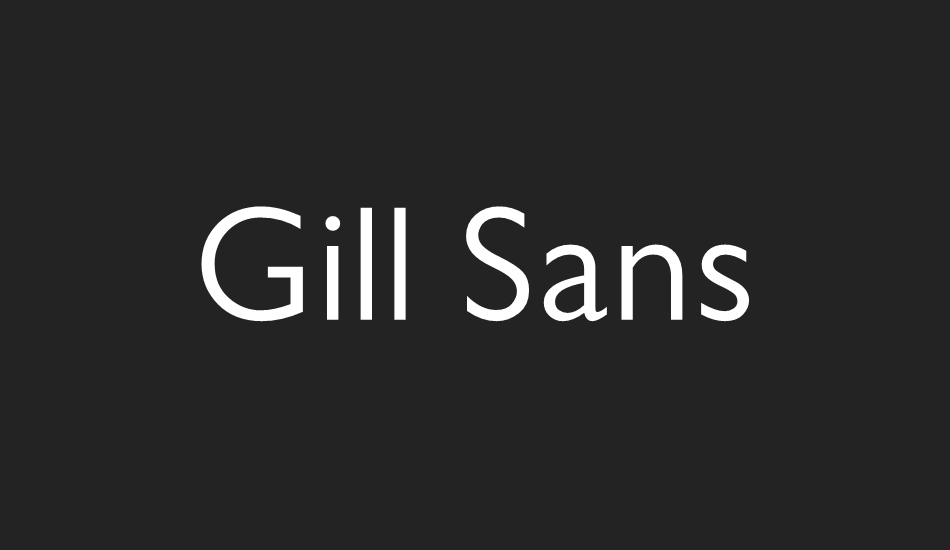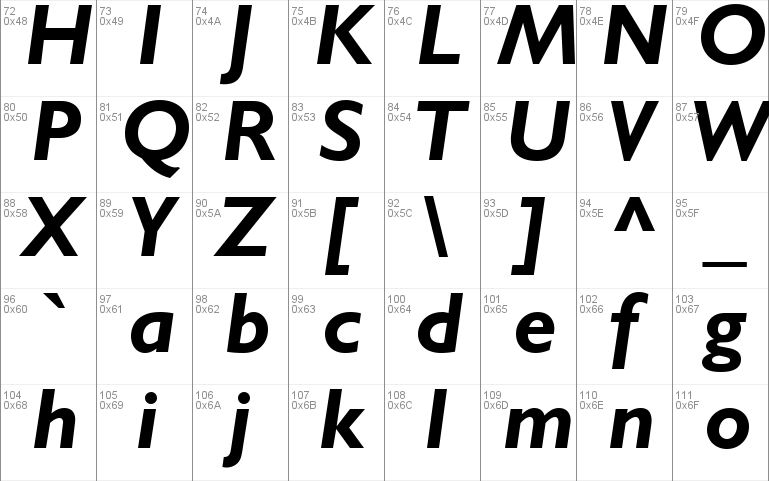
There are three developmental forms of the Gill Sans lowercase ‘a’ on record revisions were made at the Monotype drawing office and passed back to Gill for approval. Three variants of lowercase ‘a’ the more rational forms are the ones that didn’t make the final cut. In the face of this, Gill may have deemed his relationship with both Edward Johnston and his style of lettering expendable, but the evidence suggests that Eric Gill was ‘learning on the job’ with this assignment. Gill knew that despite an existing commission for the serif face Perpetua, his working relationship with Morison, and his wider reputation with Monotype, the trade, and ultimately the reading public, would come to rest on this design. Gill’s patron, Stanley Morison, as advisor to the Monotype Corporation, was probably the single most powerful individual in British typefounding in the 1920s. To be fair to Gill, the initial intention was perhaps quite casual – but the result was seized upon in such a way that it forced Gill to step into Johnston’s shadow, on a commission that was to have far wider implications. To complement the exterior signage, Gill produced a smaller alphabet in a blank book intended as a guide for Cleverdon to make future notices and announcements. Like Johnston’s Underground lettering, Gill Sans began life as a piece of signage, a fascia board for the shop of Douglas Cleverdon. The claim made against Johnston’s earlier design pages 48-49 of Eric Gill’s Essay on Typography. That this project has returned to inform some of the really great type design of the last fifteen years is a testament to how the problem was not solved in 1928. There were other, arguably better, typefaces derived from the ideal of making a monoline sans serif based on humanist structures. Thus, rather than Johnston’s lettering, it was Gill Sans that became the English national style of the mid-century.

Gill Sans achieved its pre-eminence because of the mighty marketing clout of the Monotype Corporation and the self-serving iconoclasm of its author. Although other writers have celebrated the individual qualities of Gill Sans Q, R, a, g and t, as designs in their own right, I contend that the majority of character shapes in Gill Sans are actually worse than in Johnston’s design of fifteen years previous.

However, writing his Essay on Typography in 1931, Gill claimed that Johnston’s letters were not entirely satisfactory or ‘fool-proof’, and that his new Monotype Sans Serif, the prototype of Gill Sans, was superior. FB Agenda (1993 by Greg Thompson), Bliss (1996 by Jeremy Tankard) and Fedra Sans (2001 by Peter Bilak), are some of the recently-produced typographical riches that all owe some part of their provenance to Edward Johnston’s sans serif lettering for the London Underground in 1916 – a project that the younger Eric Gill briefly assisted on and freely acknowledged as being the original model for Gill Sans. Since the inspirations of Optima (1958, by Hermann Zapf) and Syntax (1969, by Hans Eduard Meier), there has been a steady rise in the number of sans serif faces that have a humanistic structure and are good for a variety of tasks. The older Gill Sans MT appellation and Monotype icon set. Readers with experience of metal and phototypesetting may recall this system, but for now, the majority of us only have this ‘bundled’ version of GillSans to go by.
#Getting gill sans font series#
The new compound name and the missing foundry attribution serves to distance today’s users of this type from any awareness that Monotype used to issue Gill Sans in a range of different series with alternate cuts. Ever since Gill Sans was incorporated into the Adobe/Linotype library in the early 1990s what used to be Monotype Gill Sans became GillSans. In 2006, now that Gill Sans is distributed freely with Apple’s OS X and Adobe’s Creative Suite products, it is time to re-examine those flaws. How flawed? Well, monumentally flawed, in fact. So to pick an argument with something that is akin to a typographic national monument might appear unwise it is so very much ‘ours’. As the preferred typeface of British establishments (the Railways, the Church, the BBC and Penguin Books), Gill Sans is part of the British visual heritage just like the Union Jack and the safety pin.

Set it in Gill Sans and print it in British Racing Green’. How do you do British post-war design? A.

As a graphic designer’s in-joke once put it ‘Q. Gill Sans is the Helvetica of England ubiquitous, utilitarian and yet also quite specific in its ability to point to our notions of time and place.


 0 kommentar(er)
0 kommentar(er)
